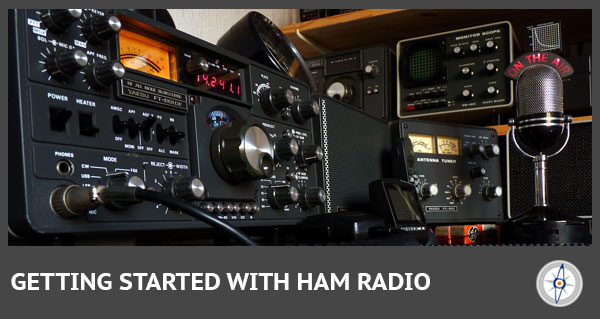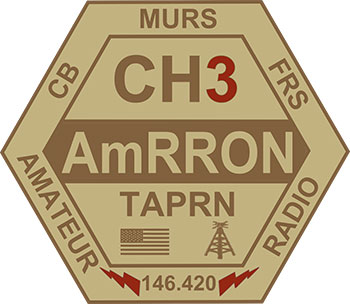SDN has moved again!
Subscribe to our RUMBLE channel

I hear a lot of people say they have radios, usually the Baofeng’s, and ask questions about how to use them, program them, asking why they can’t hear anyone on a repeater and a number of other questions. They feel that when SHTF they will be able to take them out of their faraday cage, turn them on and be good to go. Very few people can take their ham radio out of the box and operate it correctly, understanding things such as continuous tone-coded squelch system and offset frequency.
Learning in Order to Get Your License
Getting a General class license will give you privileges to operate on the HG bands. This is where you will learn about antennas for HF, including near-vertical incidence skywave (NVIS), which allows communications to bounce off the atmosphere, to communicate with stations from 300-3,000 miles away. This is where, post SHTF, you can communicate from ‘inside the wire’ to those outside, or vice versa.
Practicing with Groups
Like all skills, communications skills are learned, but they are also perishable. Practicing with groups such as the Amateur Redoubt Radio Operators Network (AmRRON), who are prepper-oriented ham operators; they practice on 40 and 80-meters, use the best frequencies for communications using NVIS, and use skills for digital communications are invaluable in an emergency or SHTF. Digital messages can be sent over great distances with very little power.

Study Resources
So how do you go about getting your ham license? There are numerous, mostly free, study guides and practice exams, such as hamstudy.org. Books and audio books are also available. Some local ham clubs offer classes and you can find them by searching for local ham clubs, or some are usually listed at http://www.arrl.org/find-an-amateur-radio-license-class, if the club is affiliated with the Amateur Radio Relay League.
If you are taking practice tests and are passing them, then it’s time to find a test. There are several different places to search for tests. Those given by the Laurel VEC (https://www.laurelvec.com/) teams are free (and usually get your license issued the next business day). Other testing teams can be found listed at http://www.arrl.org/find-an-amateur-radio-license-exam-session. Non-Laurel VEC teams usually submit your results by snail mail, so it can take about 10-14 days to get your license issued.
Clubs and Nets to Learn More
Once you have your license, find a local club and nets to participate in and learn more. Start studying for your General license. If you have the money to buy an HF capable radio and equipment, you can listen to the HF nets, especially the AmRRON nets, and you can find their schedule and frequencies on their website. To listen to the digital traffic, you only need the free Fldigi software on your computer. Set it to use the mic on your computer, it will display the message on the computer when it hears it over your radio speaker.
Hope to hear you on the air sometime.
=====
Become a Survival Dispatch Insider …
We bring together survival enthusiasts and preppers to share skills and knowledge, so you can enhance your preparedness for emergencies and ensure the safety of you and your community.
The Results You’ll Get …
Our community, courses, and memberships are pretty special. We focus on the ways it will make a huge difference in your life.
Here are a few of the things you’ll be able to do as a member of Survival Dispatch Insider …
1) Improve your emergency preparedness by learning survival skills and strategies from experienced preppers.
2) Build lasting connections with like-minded individuals that share your passion for safety and readiness.
3) Access a wealth of knowledge and resources to assist in protecting you and your community during unexpected situations.
Click HERE to get started.
=====
